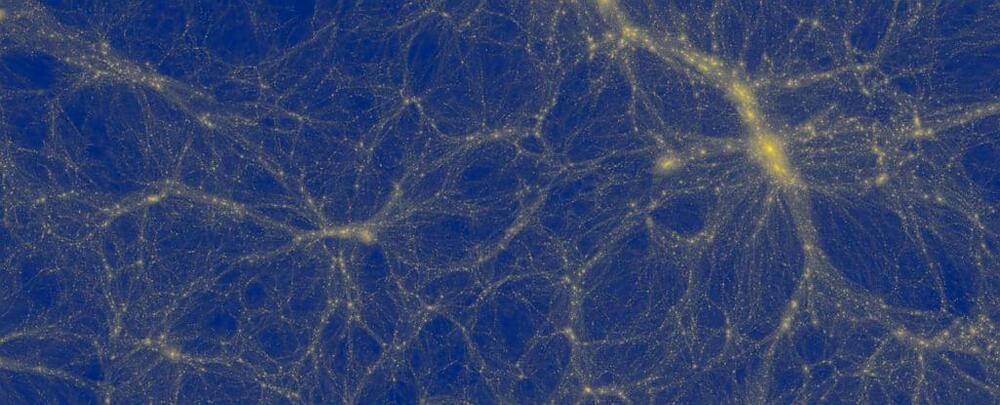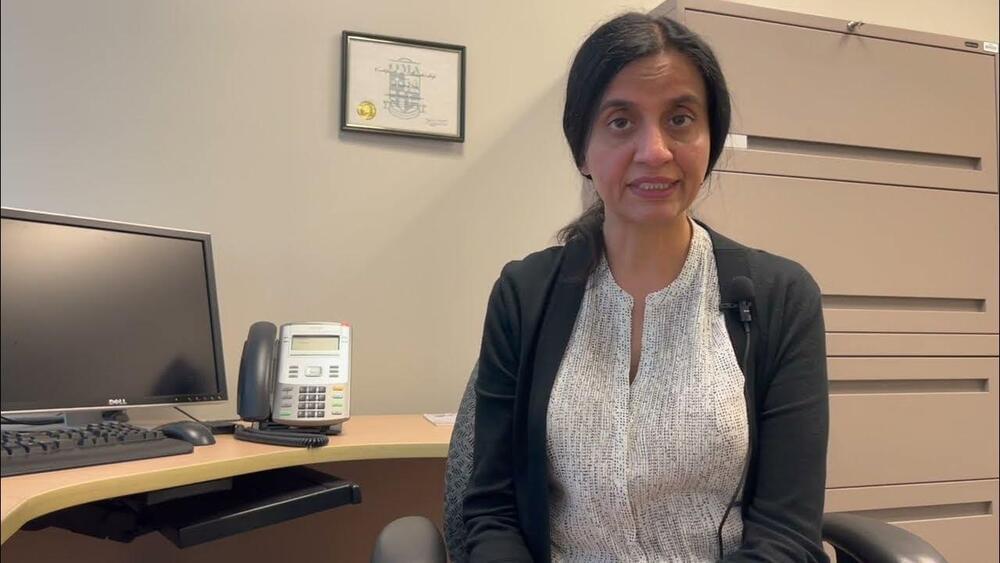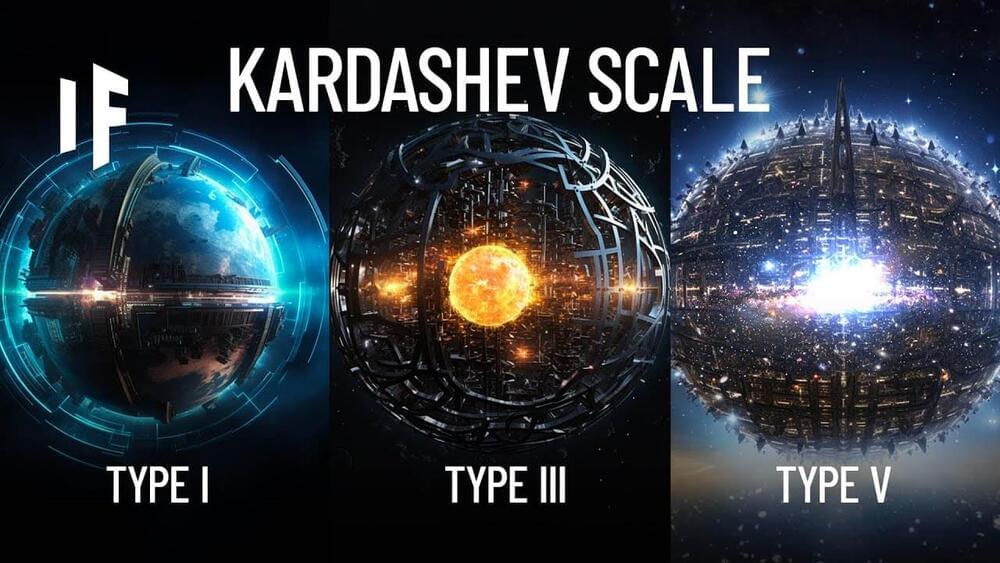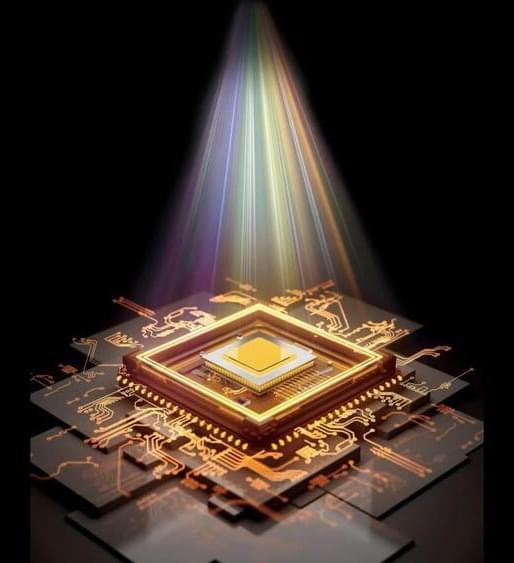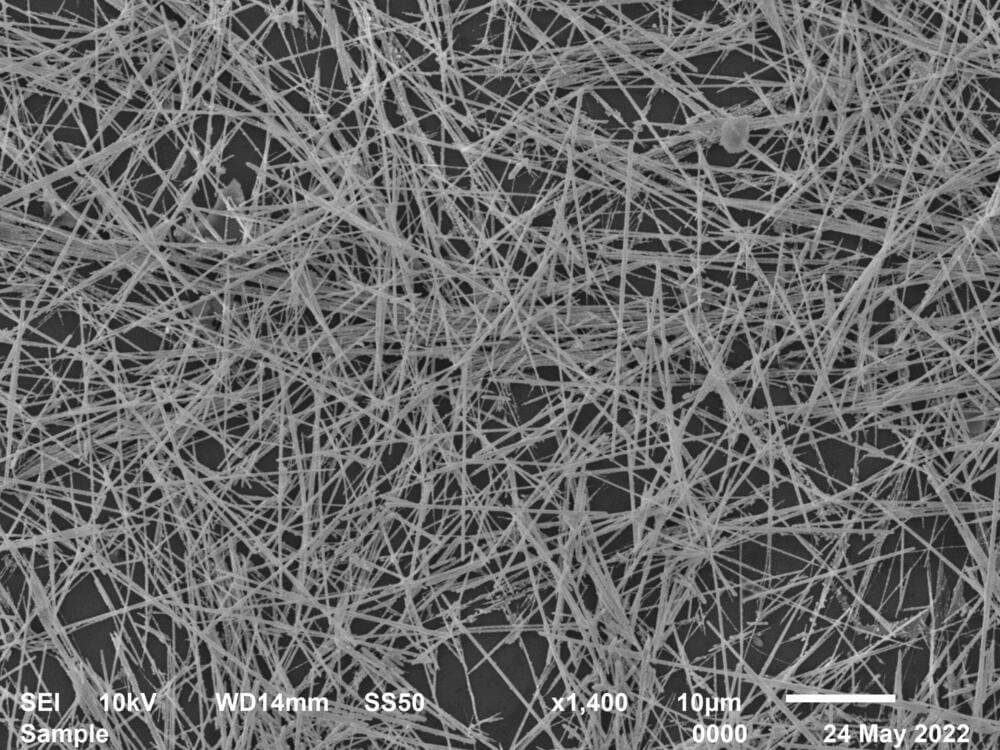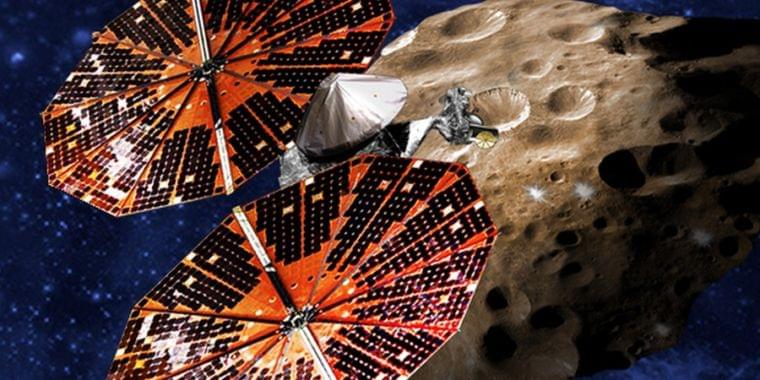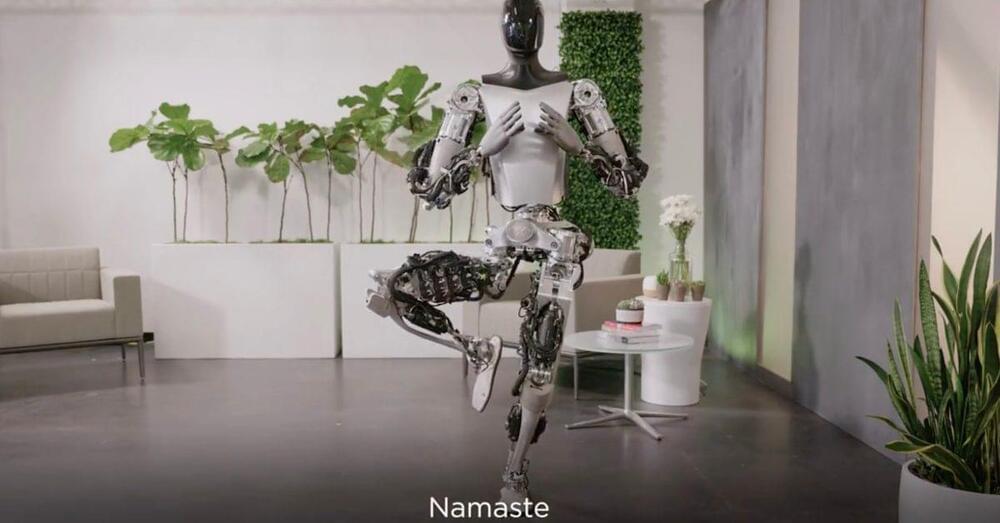Nov 1, 2023
The Largest-Ever Simulation of The Universe Could Finally Reveal How We Got Here
Posted by Shubham Ghosh Roy in categories: computing, cosmology
How did we get here? Not just we humans, scrabbling about on a pale blue dot, hurtling around a star, hurtling around a supermassive black hole, hurtling through the local cluster. But how did the dot get here, and the star, and the black hole, and the cluster?
How did the incomprehensibly immense everything of it all get to where it is now, from an unimaginable nothing, billions of years ago?
That’s it, really, the question of questions. And, with the largest project of its kind to date, astronomers are attempting to find answers – by conducting computer simulations of the entire Universe.
